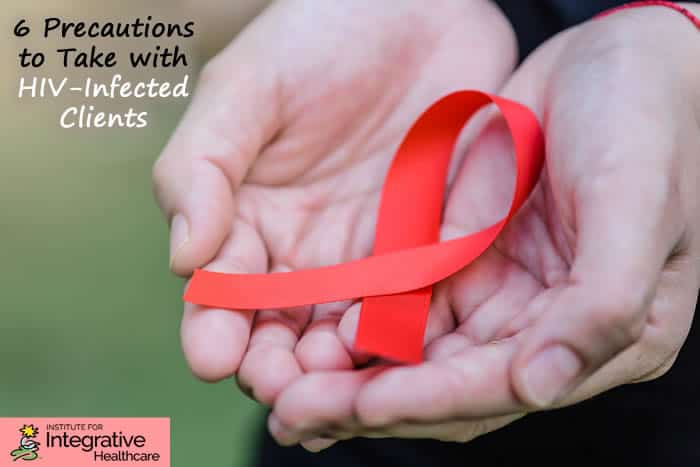

HIV is a virus (human immunodeficiency virus) that attacks the body’s immune system, specifically the CD4 cells commonly known as T-cells. These cells fight off infection caused by bacteria and other foreign bodies that enter the system. When the HIV virus destroys enough of these T-cells, the body cannot continue to fight off infection effectively, making them susceptible to every pathogen that they come into contact with. Over time, so many T-cells may be destroyed that the person has little to no immune system at all.
Stage 1
There are three stages of HIV infection. Stage 1 is the acute HIV infection stage, usually occurring about 2-4 weeks after initial infection. During this phase the person may experience flu like symptoms and will be highly contagious due to high levels of the virus in their body. Very often, people do not even realize they have become infected with HIV.
Stage 2
During stage 2, the clinical latency period, the person is asymptomatic, but continues to have chronic HIV infection, which includes reproduction of the virus in their systems. This period can last for a decade or longer, especially if they receive treatment. Treatment for HIV includes antiretroviral therapy, or ART, which helps maintain the T-cell levels and immune functions of the body significantly. Treatment during stage 2 can greatly improve life expectancy.
Stage 3
Finally, stage 3 is known as AIDS, or acquired immunodeficiency syndrome, and is the last stage of HIV infection. During this stage, the person has little if any immune system and is highly susceptible to all infections. At this stage the person is succumbing to secondary infections, may experience lesions on their skin, and is having significant problems, including fatigue.
Transmission of HIV
HIV is transmitted through contact with fluids during sexual activity, sharing needles, breastfeeding, or contact with blood. Casual physical contact presents very little, if any, risk of exposure to the HIV virus, making massage therapy safe for the practitioner, so long as they follow basic safety precautions long established in the profession.
As massage therapists, we know not to touch open sores, cuts, and scrapes on clients, and to avoid working over rashes or any other condition where the skin is broken. We also know to cover any open sores on our own hands, or use vinyl gloves in the event we have a large cut or sore on our own hands. Avoid the use of latex gloves for blood borne pathogen protection during massage, as the oils we commonly use may break down the latex.
Massage Therapy for HIV-Infected Clients
A bigger concern when working with HIV infected clients is that they are walking around with a compromised immune system. As massage therapists, we need to be aware of that and take precautions to help them maintain their health:
- Take a thorough client history and ask for an update before each session. A client with HIV may experience significant health changes in a short period of time, so staying up to date is vital.
- Ask if they have any cuts, open wounds, or are bleeding. Yes, you want to avoid these areas for your protection, but it is important to avoid them for their protection as well as they are extremely susceptible.
- Be sure you have no cuts, scratches or open wounds. If you do, be sure to cover them well or use vinyl gloves (latex breaks down in oils).
- Be sure to wash your hands thoroughly before your service to ensure you are not spreading other infections to the HIV client.
- If you are sick, reschedule with the HIV client, as their immune system is not as strong as it should be to fight off infections like the common cold.
- Check in with the client and be aware that they may experience a variety of symptoms resulting from their HIV infection, depending upon where they are in their treatment, their viral load and their overall health.
Related Home Study Massage CE Courses
Communicable Disease Package
HIV Update for Massage Therapists and Bodyworkers
Infectious Disease: HIV/AIDS
Understanding HIV















